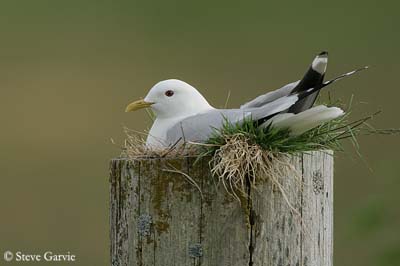
LARIDAE
Gulls, terns, noddies and skimmers
SUMMARY OF THIS STUDY
Introduction and Description of the species
Reproduction :
The nest
The defence displays
The courtship displays
Nesting behaviour
Text by Nicole Bouglouan
Photographers:
Alfredo Colón
Puerto Rico Wildlife
Steve Garvie
RAINBIRDER Photo galleries
Tom Grey
Tom Grey's Bird Pictures
René Lortie
http://rlortie.ca
Tom Merigan
Tom Merigan’s Photo Galleries
David Nowell
GALLERY
Otto Plantema
Trips around the world
Callie de Wet
GALLERY
Nicole Bouglouan
PHOTOGRAPHIC RAMBLE
Sources :
HANDBOOK OF THE BIRDS OF THE WORLD Volume 3 by Josep del Hoyo-Andrew Elliott-Jordi Sargatal - Lynx Edicions - ISBN : 8487334202
THE HANDBOOK OF BIRD IDENTIFICATION FOR EUROPE AND THE WESTERN PALEARCTIC by Mark Beaman, Steve Madge - C.Helm - ISBN: 0713639601
OISEAUX DE LA REUNION par Armand Barau - Nicolas Barré - Christian Jouanin - Editions Orphie - ISBN : 2877632636
L’ENCYCLOPEDIE MONDIALE DES OISEAUX - Dr Christopher M. Perrins - BORDAS - ISBN: 2040185607
THE NEST:
Almost all the members of the family Laridae breed colonially and often in mixed colonies with other seabirds’ species, and occasionally solitary.

Larus canus
Gulls, terns and skimmers usually nest on sandy beaches, bare rocks, among reeds or other vegetation, or in vegetated sand dunes.

Larus marinus
The nest is a scrape, a shallow depression, sometimes lined with some vegetation, pebbles or shells. The colony is often in coastal locations or on islands, coral cays, rocks…
Some species such as Bonaparte’s Gull (Larus Philadelphia) nest in trees between 3 and 10 metres above the ground.
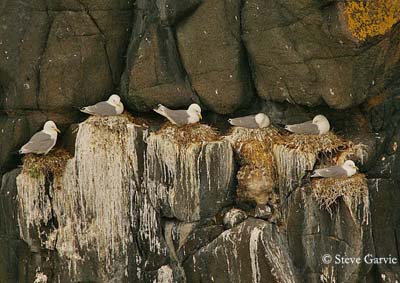
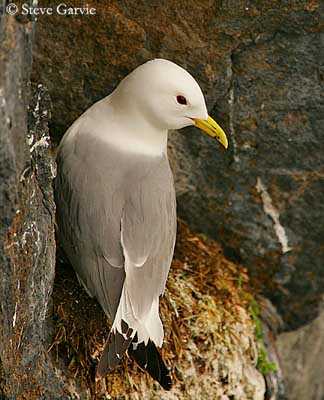
The gulls of the genera “rissa” establish the colonies on narrow cliff ledges where both species Rissa tridactyla and Rissa brevirostris share the location.

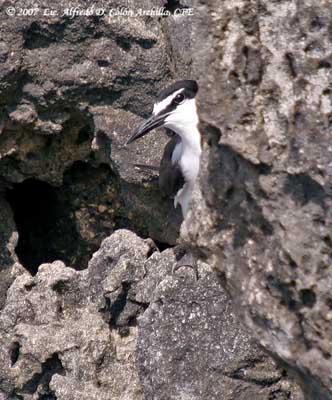
Some terns’ species nest in marshes, and build floating nests.
The Inca Tern (Larosterna inca) nests in fissures, burrows and small caves, under rocks and boulders on island slopes, and also on ledges in human structures.
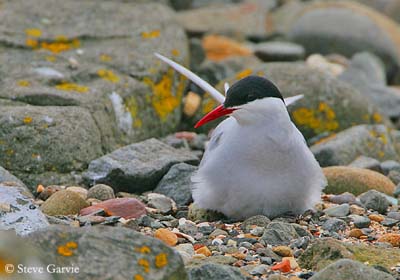

The White Tern (Gygis alba) does not build any nest. The female lays only one egg in a small depression on bare branch.
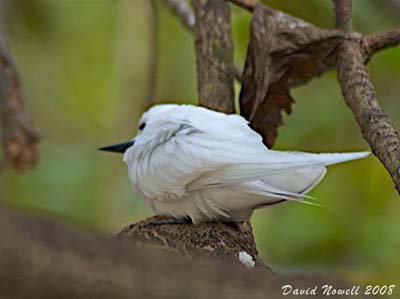
Gygis alba
The skimmers’ nests are unlined and can be situated on sandbanks of large rivers, or on islands in lakes.
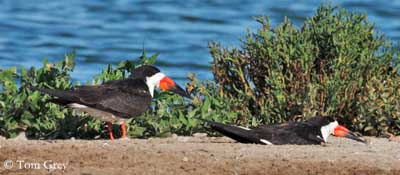
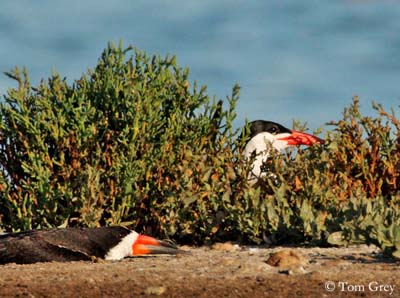
Black Skimmer - Rynchops niger - Pair above
With a Caspian Tern on the nest - right
Noddies nest mainly in rocky areas such as cliff ledges, crevices in rock, slopes, but also in trees.
The Black Noddy (Anous minutus) establishes the colony in large trees, but also on cliff when trees are lacking.
The Brown Noddy (Anous stolidus) nests from flat beaches to cliffs, low bushes and tall trees, but usually not directly on the ground.

The Lesser Noddy (Anous tenuirostris) builds a bulky nest in tall tree.
The noddies’ nests are not fully concealed, but they often are inaccessible to most predators.
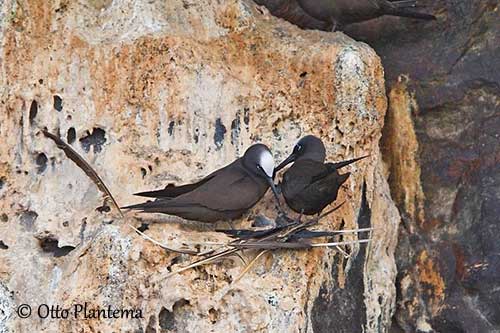
Rynchops niger
Black Noddy
Anous minutus
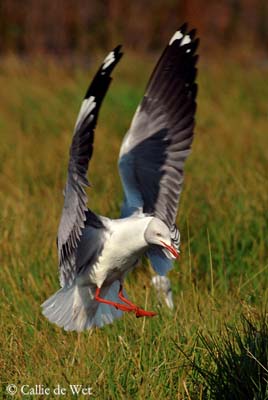
The goal of all species is to defend the nest-site against predators and other pairs.
To nest in colonies involves more safety but also promiscuity which sometimes favours polygamy and disputes.
The solitary nesters have to find hidden nest-sites with good view on the surroundings.
Grey-hooded Gull
Chroicocephalus cirrocepohalus